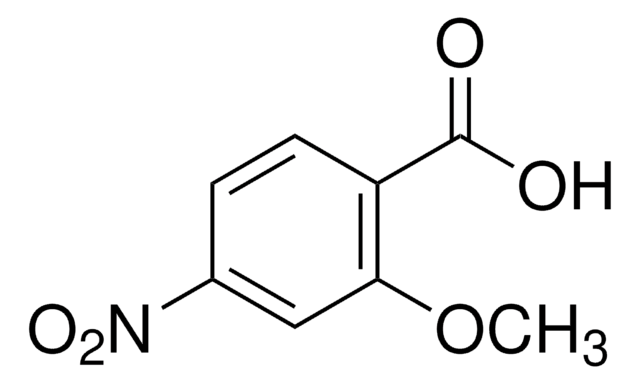OGS622
pSF-CMV-NH2-PPT-3XFLAG-COOH-Cmyc
plasmid vector for molecular cloning
Synonym(s):
cloning vector, expression vector, molecular cloning vector, plasmid, plasmid vector, snapfast vector, vector
About This Item
Recommended Products
recombinant
expressed in human cells
tag
3X FLAG tagged
c-Myc tagged
form
buffered aqueous solution
mol wt
size 4628 bp
bacteria selection
ampicillin
Origin of replication
pUC
Peptide cleavage
EKT
Peptide tag location
C-terminal
N-terminal
Promoter
Promoter name: CMV
Promoter activity: constitutive
Promoter type: mammalian
shipped in
ambient
storage temp.
−20°C
General description
Application
Sequence
Analysis Note
Other Notes
Legal Information
related product
Storage Class Code
12 - Non Combustible Liquids
Flash Point(F)
Not applicable
Flash Point(C)
Not applicable
Certificates of Analysis (COA)
Search for Certificates of Analysis (COA) by entering the products Lot/Batch Number. Lot and Batch Numbers can be found on a product’s label following the words ‘Lot’ or ‘Batch’.
Already Own This Product?
Find documentation for the products that you have recently purchased in the Document Library.
Related Content
Protein expression technologies for various expression systems supporting research, therapeutics, and vaccine production.
Protein expression technologies for various expression systems supporting research, therapeutics, and vaccine production.
Protein expression technologies for various expression systems supporting research, therapeutics, and vaccine production.
Protein expression technologies for various expression systems supporting research, therapeutics, and vaccine production.
Our team of scientists has experience in all areas of research including Life Science, Material Science, Chemical Synthesis, Chromatography, Analytical and many others.
Contact Technical Service








